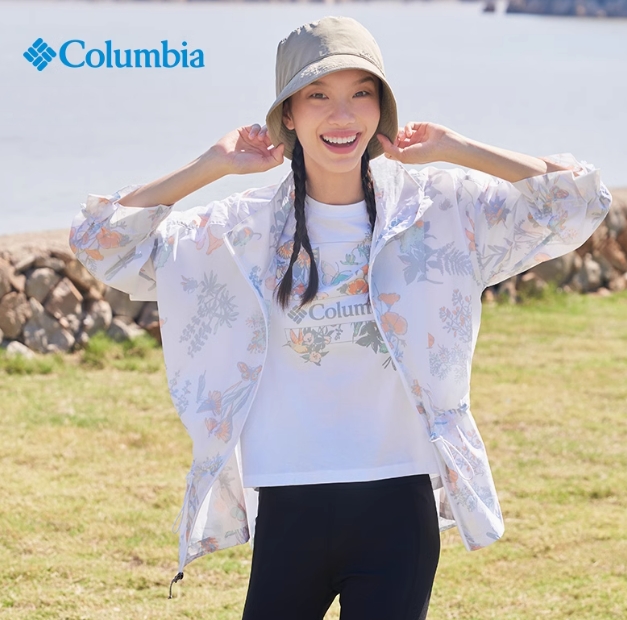The Science Behind Sun Protection Clothing: Manufacturing, Materials, and Market Potential
Sun protection clothing has evolved into an essential for consumers seeking to safeguard their skin from harmful UV rays. With growing awareness of sun-related health risks, the demand for functional and comfortable sun-protective apparel is booming. Let’s delve into how these garments are manufactured, the materials used, and the bright future awaiting this growing industry.
The Manufacturing Process
The creation of sun protection clothing involves a blend of advanced technology and meticulous craftsmanship. The process begins with fabric selection, where materials with natural or enhanced UV-blocking properties are chosen.
1. Fabric Treatment : Fabrics like polyester, nylon, and cotton are treated with UV-blocking agents. These agents absorb or reflect harmful rays, ensuring effective protection. Specialized dyes and finishes are also applied to enhance durability and maintain effectiveness after multiple washes.
2. Weaving and Knitting : Tightly woven or knitted fabrics are manufactured to reduce gaps, preventing UV rays from penetrating. This stage is critical for achieving high UPF (Ultraviolet Protection Factor) ratings.
3.Cutting and Assembly: Once the treated fabric is ready, it is cut into precise patterns using automated machinery. Seamless stitching techniques are often used to maximize comfort and ensure a smooth fit.
4.Quality Testing: Each batch undergoes rigorous testing to meet UPF certification standards, ensuring the garment blocks at least 97.5% of UV rays. Additional tests for breathability, moisture-wicking, and durability are performed to meet consumer expectations.
5.Finishing Touches : Features like hidden zippers, ventilation panels, and ergonomic designs are added for functionality and style. Finally, the garments are packaged and prepared for distribution.
What Materials Are Used?
The effectiveness of sun protection clothing relies heavily on the choice of materials. Common options include:
Polyester and Nylon : Naturally resistant to UV rays and highly durable.
Treated Cotton Blends : Soft fabrics treated with UV-absorbing chemicals for added protection.
Bamboo and Organic Textiles : Eco-friendly, breathable options with natural UV resistance.
Proprietary Fabrics : Innovative blends like Coolibar’s ZnO, which incorporates zinc oxide particles for enhanced shielding.
These fabrics are often enhanced with quick-drying, odor-resistant, and moisture-wicking properties to ensure comfort in various climates.
Market Potential and Future Growth
The sun protection clothing market is experiencing remarkable growth, driven by increasing awareness of skin cancer prevention and the harmful effects of UV exposure. Valued at approximately $1.2 billion in 2023, the market is projected to grow at a compound annual growth rate (CAGR) of 7-8% over the next decade.
Key factors fueling this growth include:
Rising demand for health-conscious and eco-friendly clothing.
Expansion in outdoor activities, tourism, and sports industries.
Development of stylish and multifunctional designs appealing to diverse demographics.
The Asia-Pacific region leads the market due to its high UV exposure and cultural preferences for skin protection. Meanwhile, North America and Europe are witnessing steady growth, thanks to widespread adoption of outdoor lifestyles and awareness campaigns. 
Post time: Feb-11-2025
